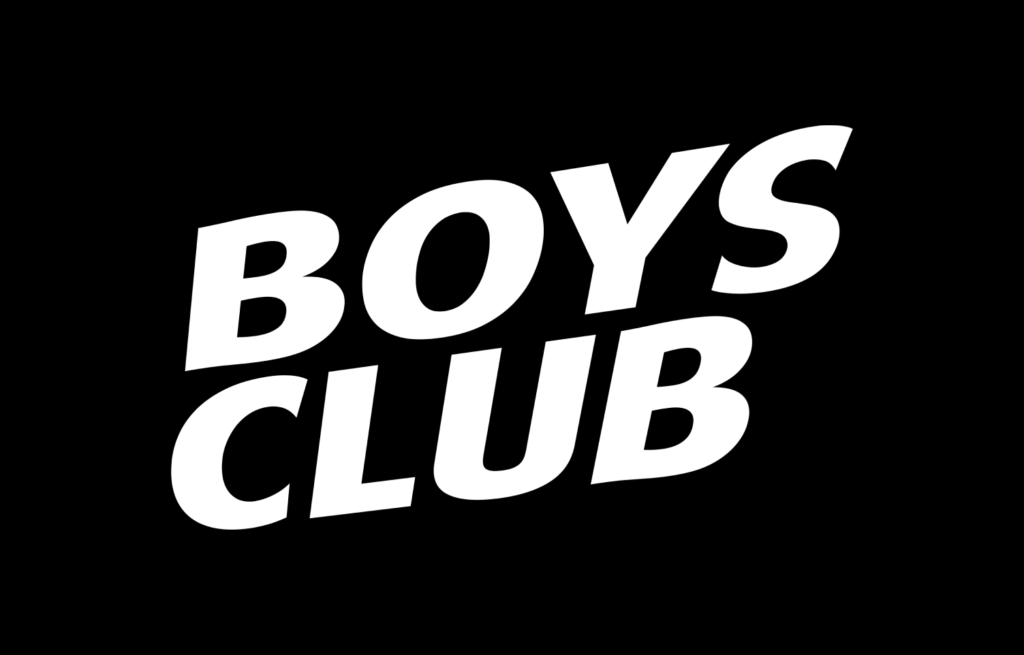Matt Furie’s ‘Boys Club’ and the Meme Economy: Parallels with the SATOSHI Token
In the vast realm of digital culture, certain pieces of content transcend their original medium, becoming cultural touchstones that influence various aspects of society, including economics. Matt Furie’s “Boys Club” is one such creation. Known for its deadpan humor and iconic characters like Pepe the Frog, “Boys Club” has had a significant impact on internet culture and the burgeoning meme economy. This article explores how the cultural phenomenon of “Boys Club” parallels the rise of cryptocurrency, specifically the SATOSHI token, highlighting the intersections between internet memes and digital finance.

The Origin of ‘Boys Club’
“Boys Club” is a series of comics created by cartoonist Matt Furie, featuring a group of slacker roommates: Andy, Brett, Landwolf, and the now-infamous Pepe the Frog. These characters navigate a world filled with laconic psychedelia, childlike wonder, drug-fueled escapades, and mischievous antics. Furie’s work captures the essence of a stoner comedy with sharp verbal and visual wit, appealing particularly to the Tumblr generation.
The comic’s simple yet engaging style allowed it to resonate with a wide audience, leading to its adoption and remixing by internet communities, most notably 4chan. Pepe the Frog, in particular, became a viral meme, used in various contexts ranging from humorous to political. This widespread use of Pepe cemented “Boys Club” as a foundational element of meme culture.
The Meme Economy: From ‘Boys Club’ to Cryptocurrency
The meme economy refers to the value generated by internet memes, which can be both cultural and economic. Memes like Pepe the Frog are not just viral images; they represent shared experiences and collective humor, which can be monetized and influence financial markets. This concept of the meme economy is remarkably similar to the principles behind cryptocurrencies.
Cultural Capital and Cryptocurrencies
Cryptocurrencies, including SATOSHI, derive value from the trust and participation of their communities. Much like how memes spread and gain value through sharing and engagement, cryptocurrencies thrive on community involvement and collective belief in their worth. SATOSHI, a token named after the pseudonymous creator of Bitcoin, Satoshi Nakamoto, exemplifies this principle. Its value is not just in its technical aspects but in the community that supports and invests in it.
Parallels Between ‘Boys Club’ and SATOSHI
Community-Driven Growth
Both “Boys Club” and SATOSHI have experienced growth driven by their respective communities. The success of “Boys Club” is largely due to the grassroots sharing and remixing of its content by internet users. Similarly, the growth of SATOSHI relies heavily on the support and engagement of its community members, who advocate for the token and contribute to its ecosystem.
Virality and Market Influence
Pepe the Frog’s journey from a comic character to a global meme phenomenon mirrors the viral nature of cryptocurrency adoption. Memes and tokens can both experience rapid increases in value and popularity due to social media trends and influential endorsements. For instance, just as Pepe became a symbol adopted by pop stars and internet users alike, cryptocurrencies like SATOSHI can gain significant traction from endorsements by influential figures in the crypto space.
Decentralization and Democratization
“Boys Club” and cryptocurrencies both embody principles of decentralization and democratization. “Boys Club” became a cultural staple without centralized promotion, relying instead on the organic spread of content by users. Cryptocurrencies operate on decentralized networks, where control and governance are distributed among participants rather than centralized authorities. SATOSHI’s decentralized nature aligns with the ethos of “Boys Club,” where value and influence stem from the collective actions of a diverse community.
The Future of the Meme Economy and Cryptocurrencies
As the digital world continues to evolve, the intersections between internet culture and cryptocurrency will likely become more pronounced. The meme economy, exemplified by “Boys Club,” provides valuable insights into the dynamics of community-driven value creation. This understanding can be applied to the development and promotion of cryptocurrencies like SATOSHI.
Leveraging Cultural Capital
To harness the potential of the meme economy, cryptocurrency projects can leverage cultural capital by engaging with internet culture and memes. This approach not only increases visibility but also fosters a sense of belonging and participation among users. For SATOSHI, integrating meme culture into its marketing and community engagement strategies could enhance its appeal and drive adoption.
Building Robust Communities
The success of both “Boys Club” and SATOSHI underscores the importance of strong, engaged communities. For cryptocurrency projects, building and nurturing a robust community is crucial for long-term success. This involves transparent communication, inclusive governance, and providing avenues for community members to contribute to the project’s development.
Conclusion: Bridging Internet Culture and Digital Finance
Matt Furie’s “Boys Club” and the rise of the meme economy offer profound lessons for the cryptocurrency world. The parallels between the cultural impact of Pepe the Frog and the economic influence of tokens like SATOSHI highlight the importance of community, virality, and decentralized value creation. By understanding and embracing these principles, cryptocurrency projects can navigate the complexities of digital finance and tap into the transformative power of internet culture.





